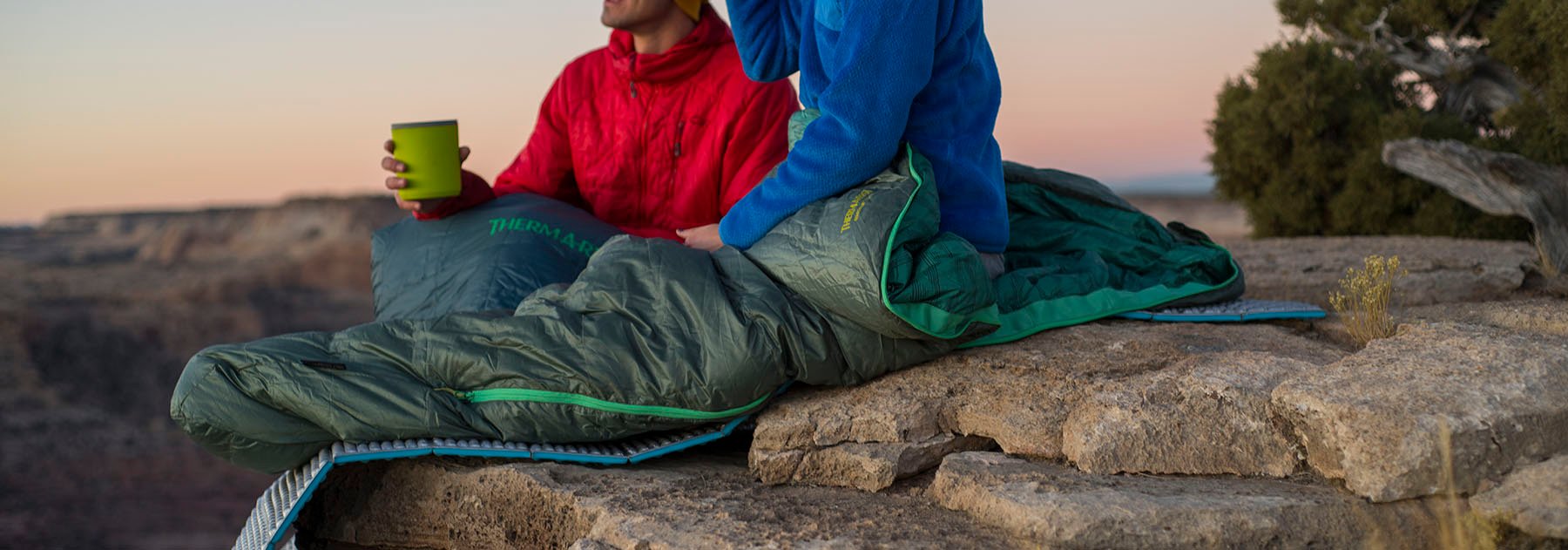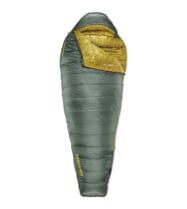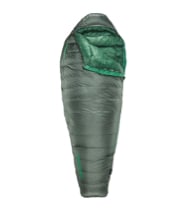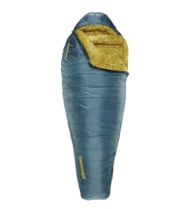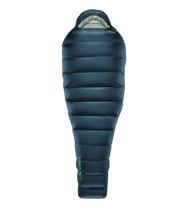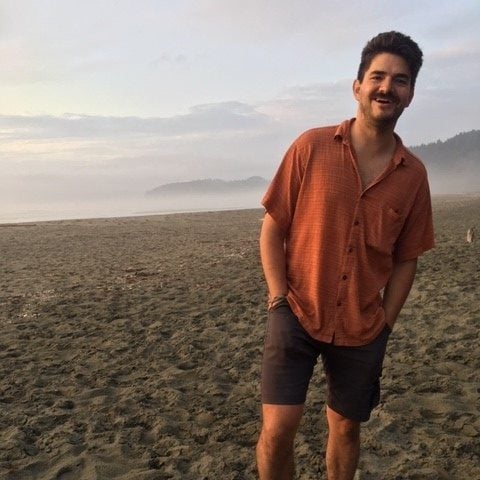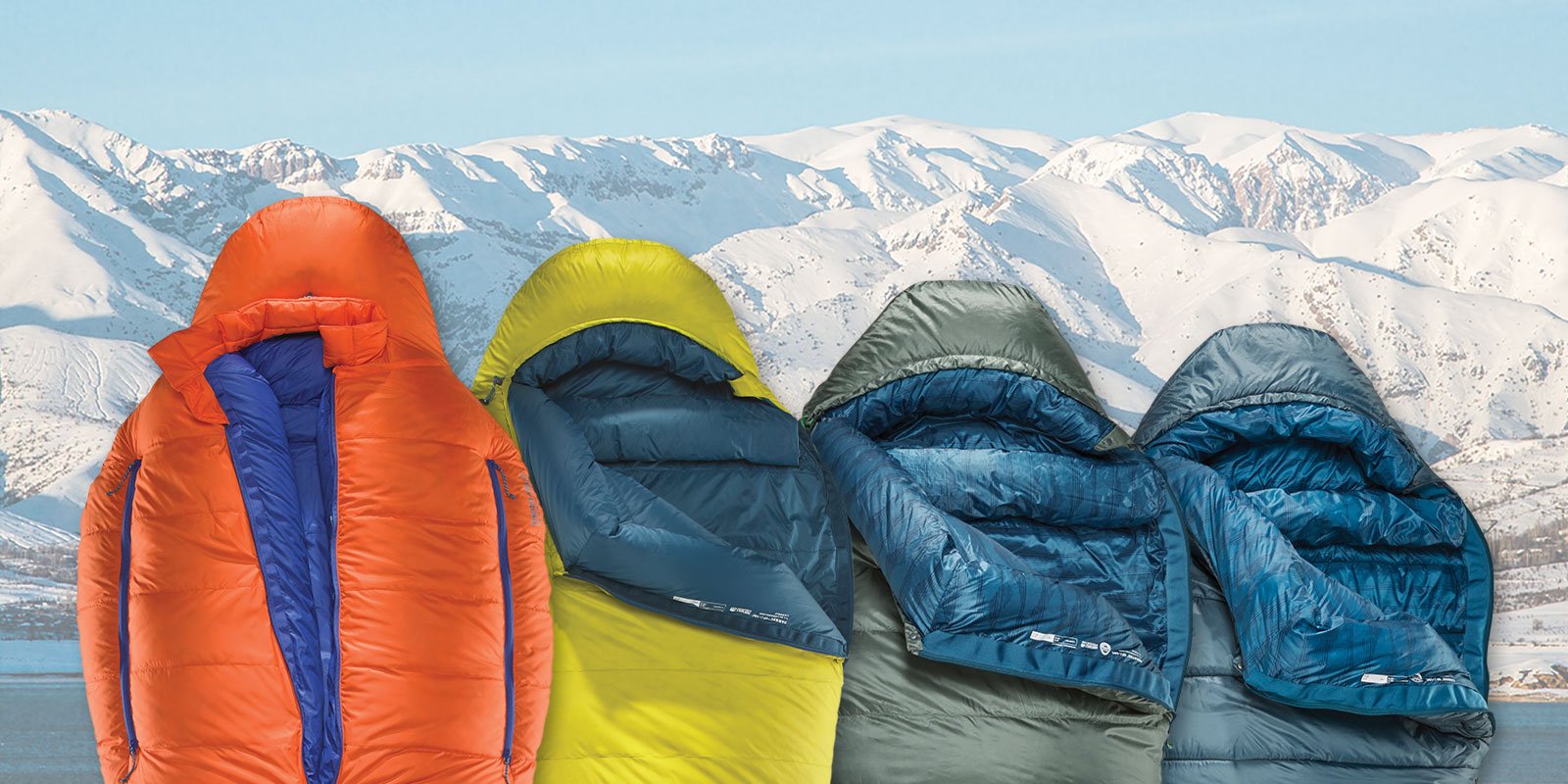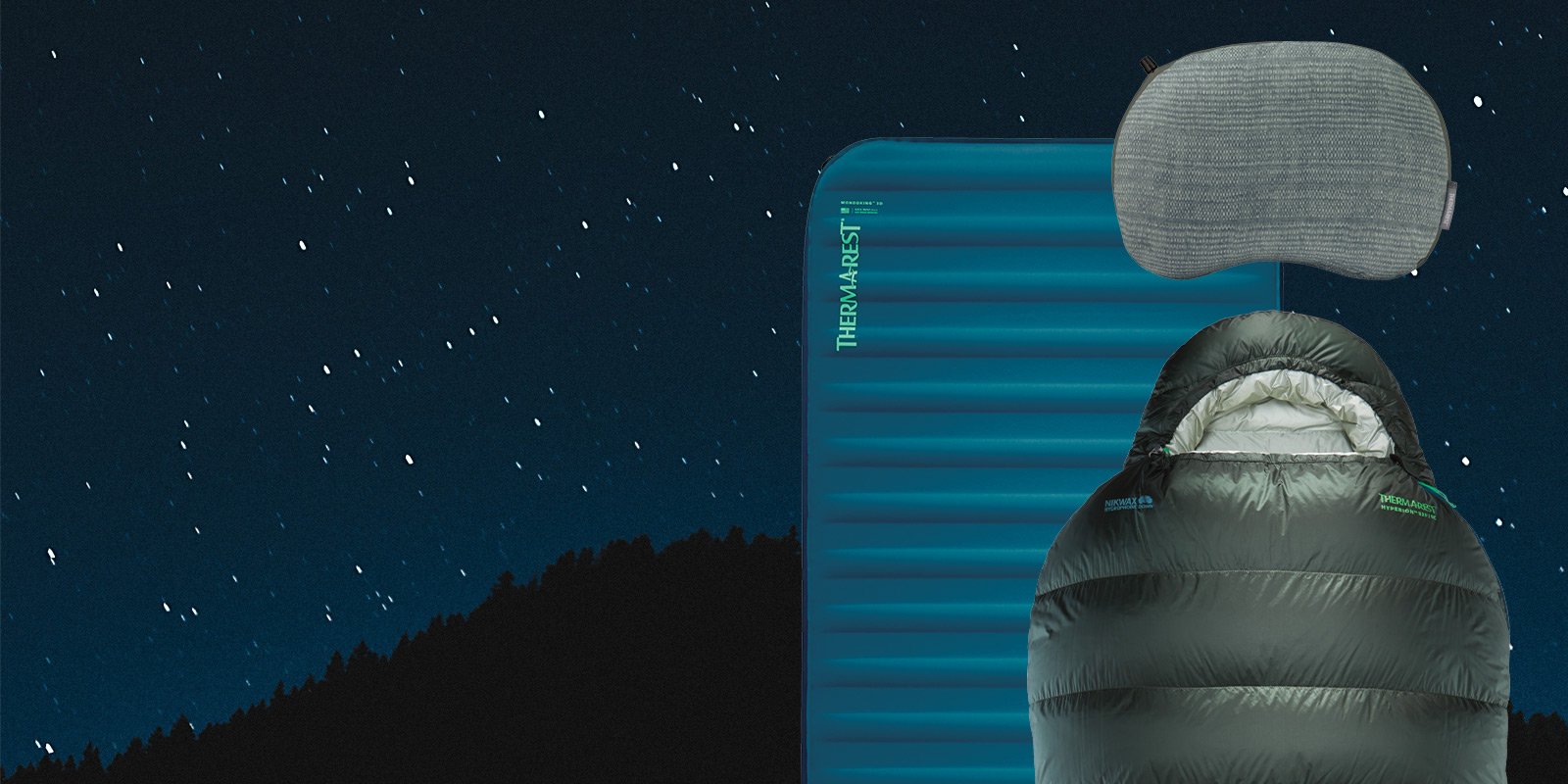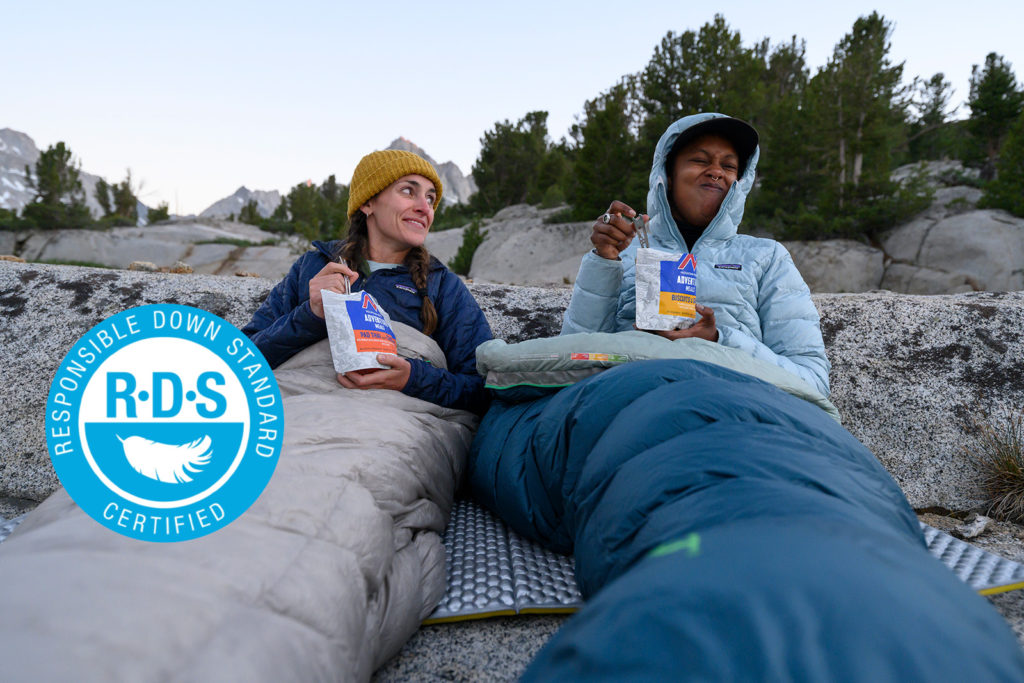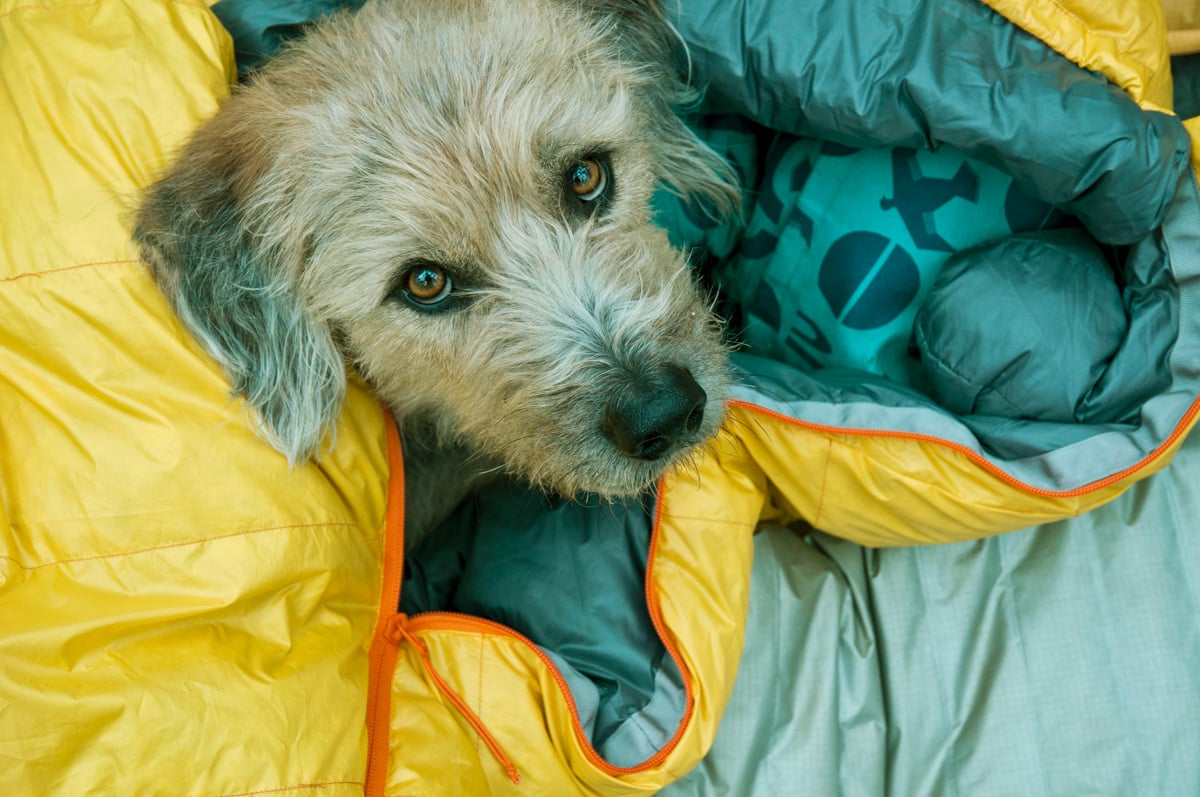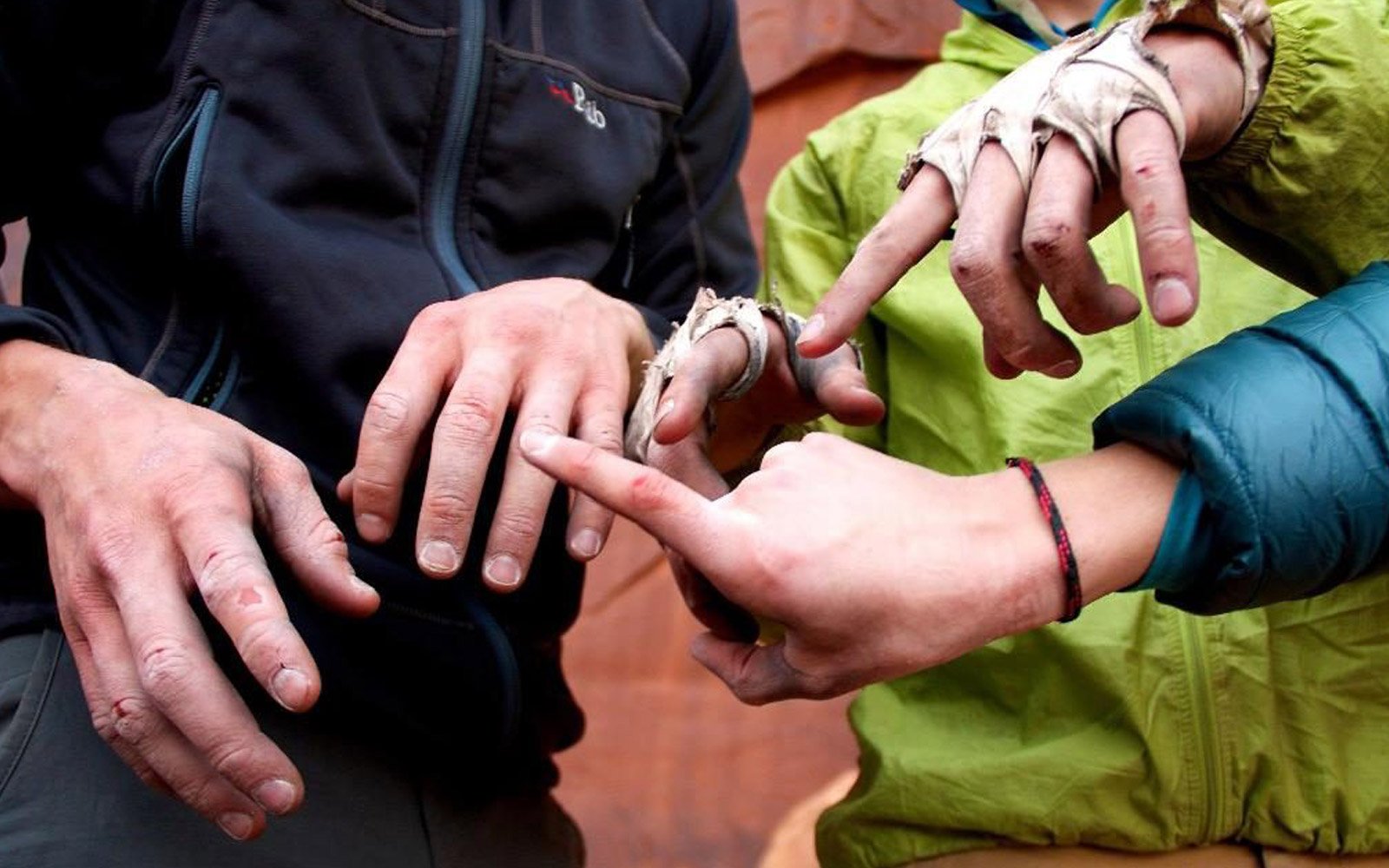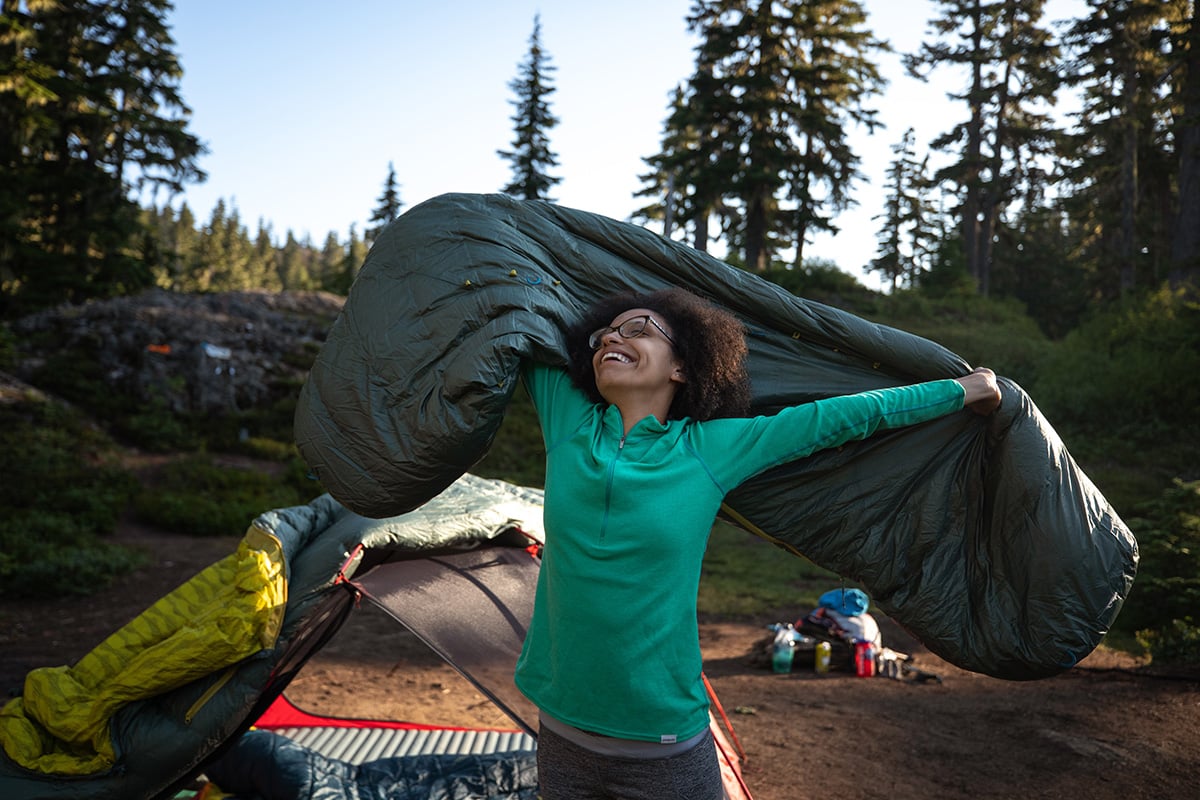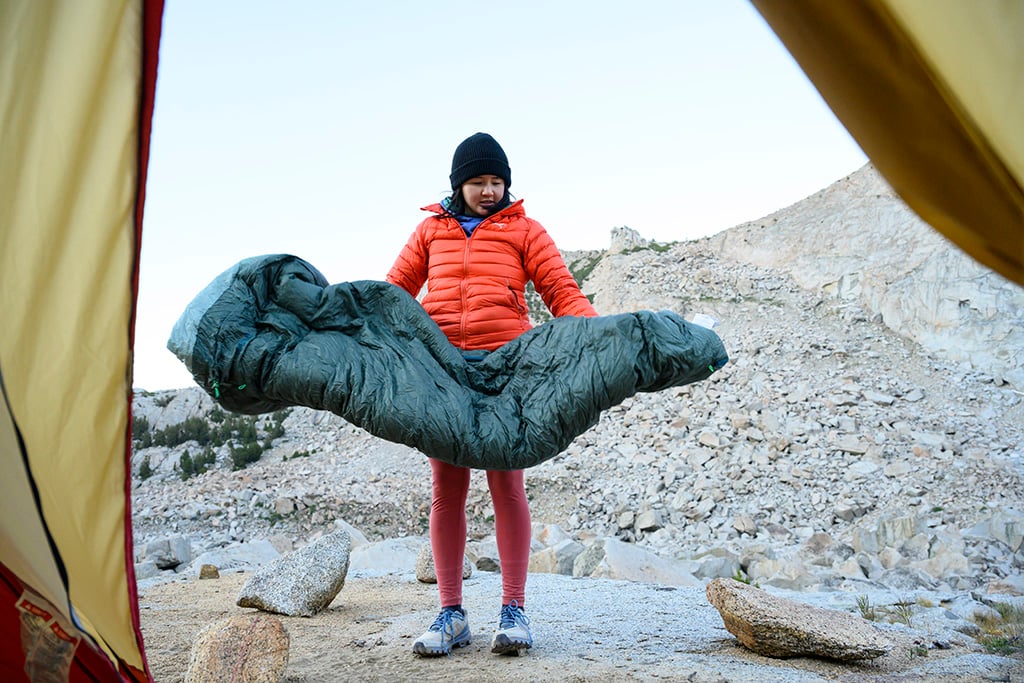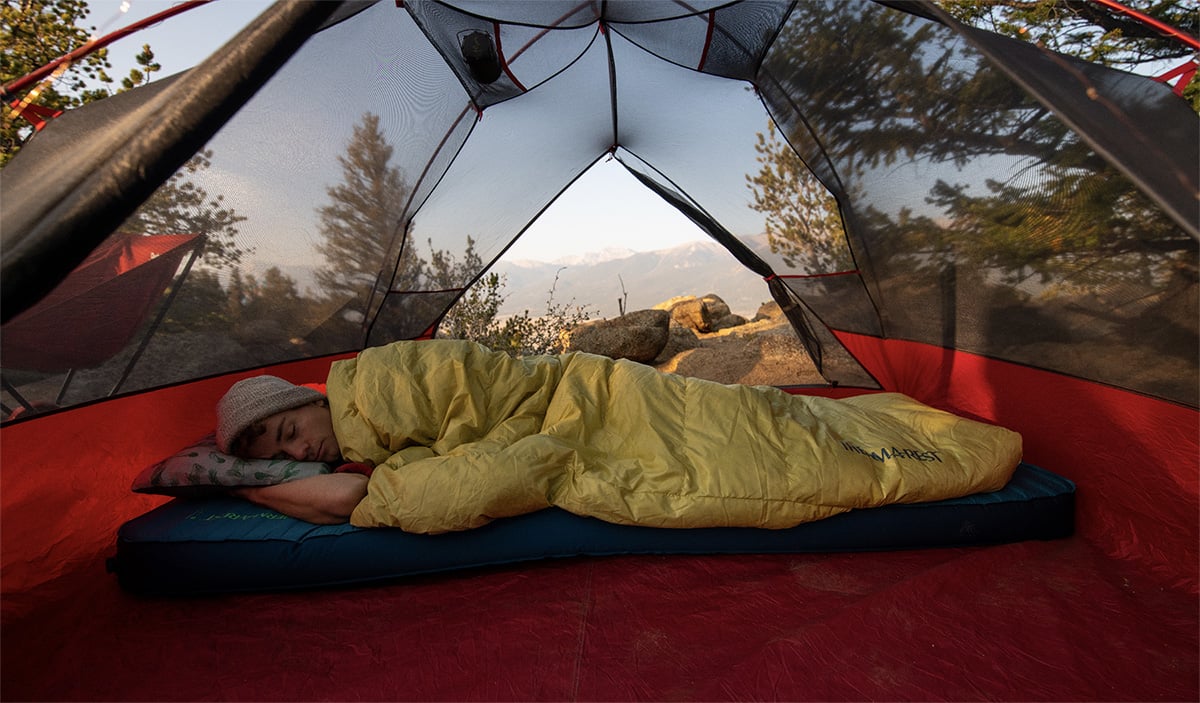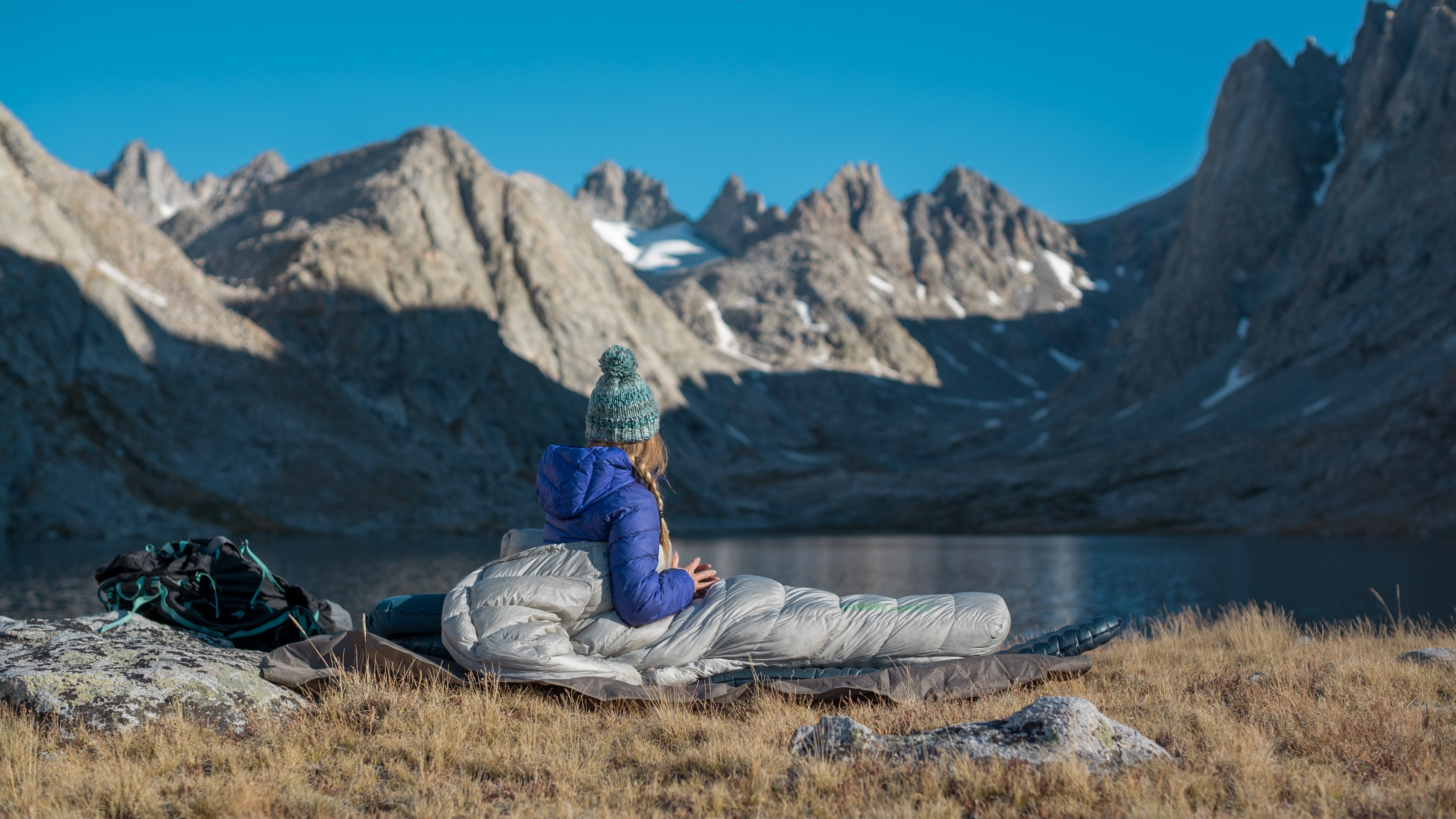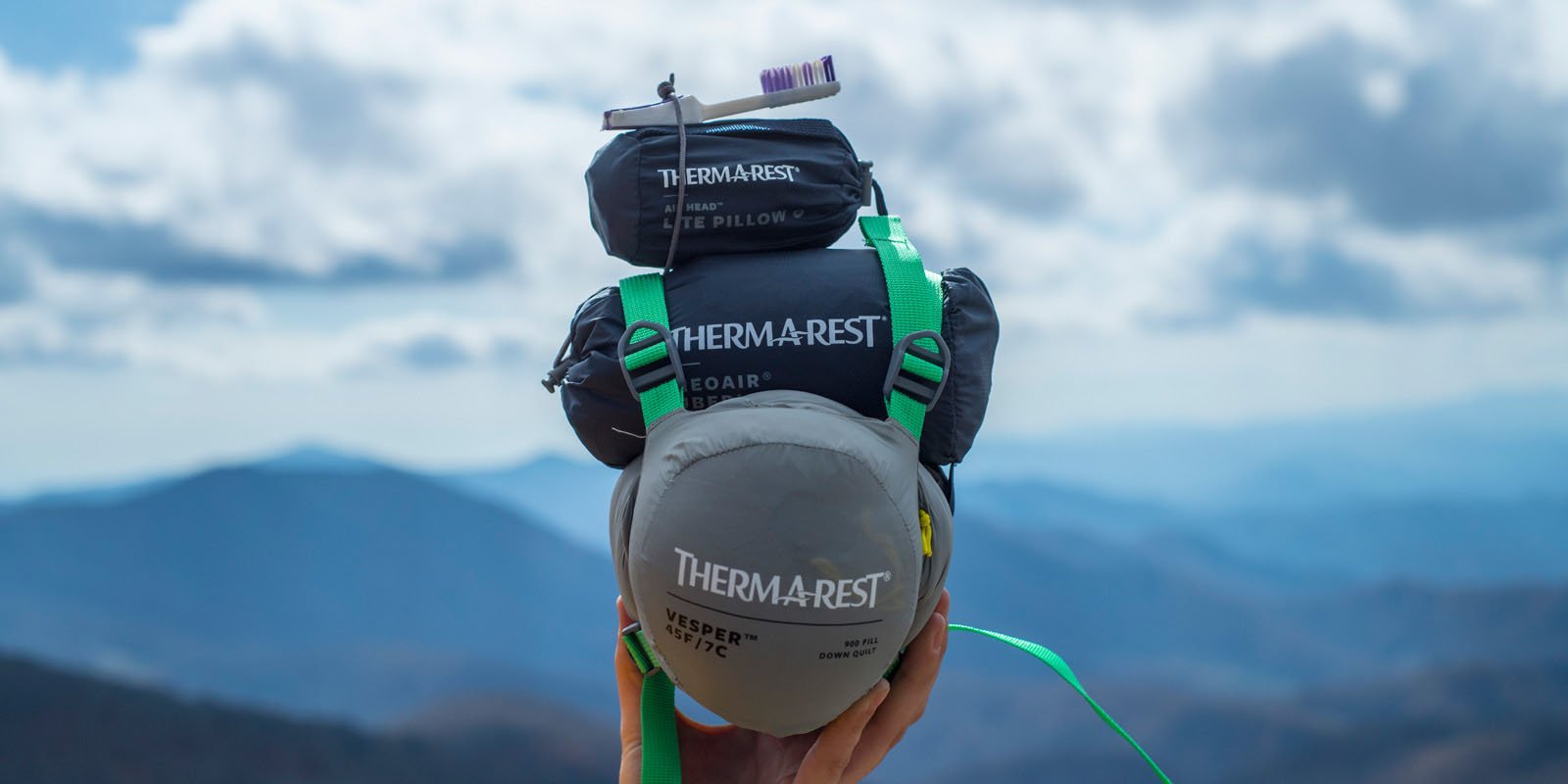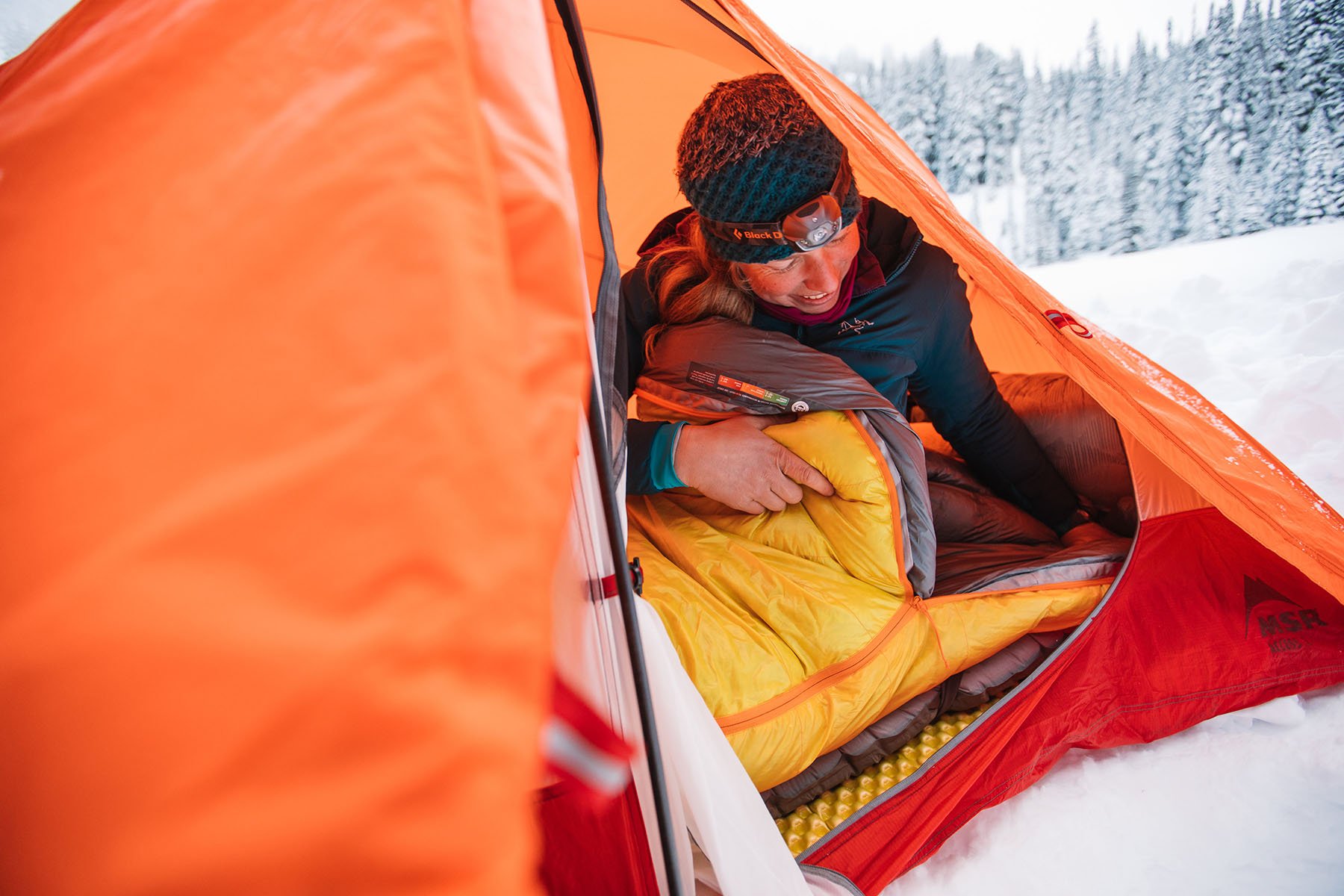Sleeping bag has to be one of our favorite self-explanatory nouns. Sleeping bag. A bag that you sleep in. Rather comedic when you look at it like this. But when it comes to the best backpacking sleeping bags, they are pretty serious pieces of technology. Exhaustive research, design, trial, error and testing goes into each model that we put to market. Then, once a model is on the shelves and available to our customers, we are constantly collecting feedback, data and searching for ways to improve each design.
Ultimately, the best backpacking sleeping bags are the result of tireless work, dedication to craft and a healthy dose of creativity. Combining the right features and materials together to hit our performance goals while maintaining a high degree of comfort and usability is not easy. When looked at like this, the simple concept of a sleeping bag becomes a complex set of ideas and materials coming together to become a remarkable piece of gear.
So, let’s dive into those ideas and materials, and take a look at the anatomy of the best backpacking sleeping bags.
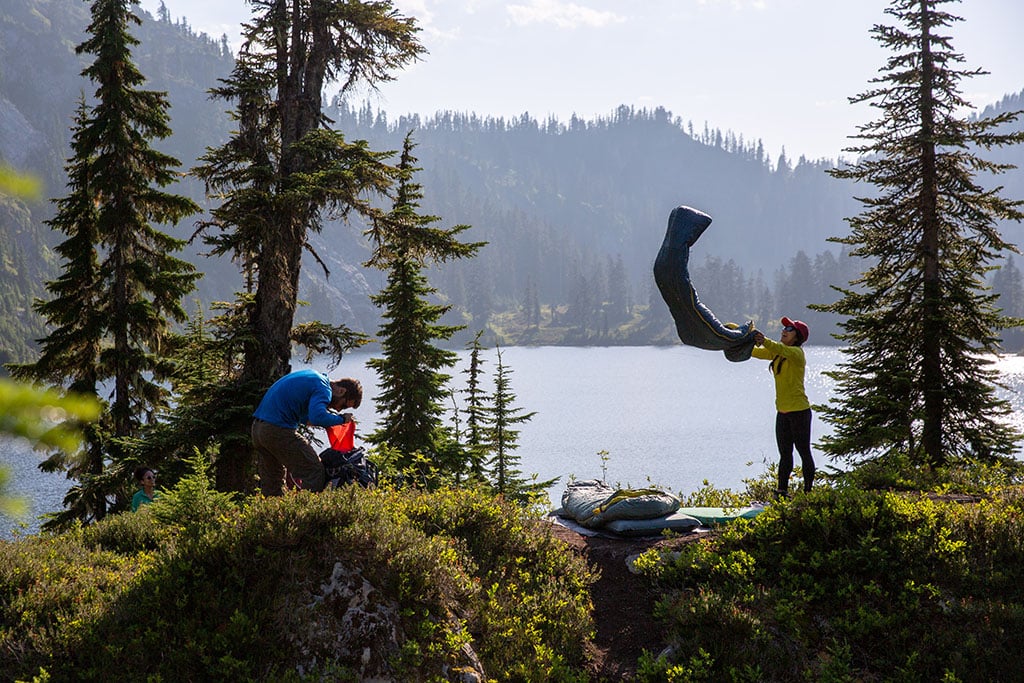
Warmth-to-Weight Ratio
A backpacking sleeping bag needs to be, at the very least, two things: lightweight and warm. A warmth-to-weight ratio isn’t a specific tech spec, but it is a way to describe a sleeping bag’s efficiency. More warmth at less of a weight tax is a better warmth-to-weight ratio.
How does this ratio get adjusted and dialed in model to model? It has to do with all the materials that go into a bag—as everything contributes to the total weight—but the insulation type is the most important material. As manufacturers, when we say “higher quality insulation” we are referring to insulation capable of trapping more heat with less of it in a bag.
The two types of insulation used are Down and Synthetic. Let’s take a look.
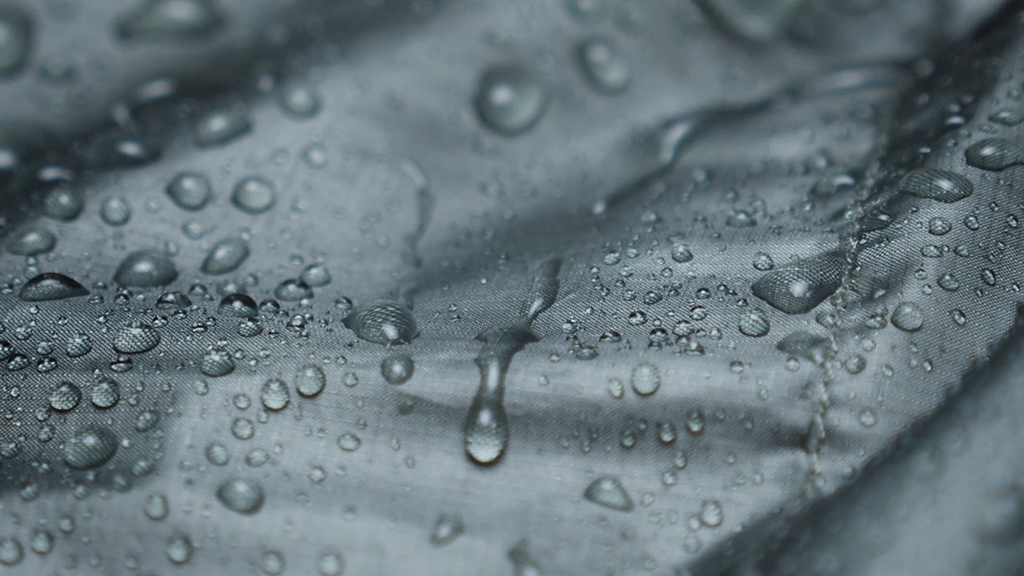
Down & Synthetic
Down vs. synthetic is a classic gear question. There is no universal right answer, because the right answer depends on what you need your sleeping bag to accomplish. Which illustrates an important point: the best backpacking sleeping bag for you may not be the best bag for the next backpacker down the trail. The best backpacking sleeping bags can utilize either.
That said, down insulation is more popular when it comes to backpacking sleeping bags. The reason is that it’s more efficient. It insulates better with less of a weight tax on your pack. If you were to weigh out an equal amount of down insulation and synthetic insulation and measure their heat retention (insulation works by creating tiny air pockets that trap, or retain, the heat created by your body), the down insulation would win every time. Unless it got wet!
Synthetic is superior at insulating when it’s wet. The structure and composition of synthetic insulation allows it to retain its loft even when wet. Loft is critical because lofted insulation maximizes the amount of air pockets available to trap heat.
EraLoft™ Synthetic Insulation
Our proprietary synthetic insulation uses hollow fibers to boost heat trapping capabilities while minimizing weight and bulk. We put it in our Saros™ line of bags and the ultralight, warm-weather specialist Space Cowboy™ 45F/7C. If you know you will be backpacking in wet weather, a synthetic filled sleeping bag is worthy of serious consideration.
However, advances in down treatments have closed the gap in wet weather performance.
Nikwax Hydrophobic Down™
We use Nikwax Hydrophobic Down in our sleeping bags. Perhaps it’s our Pacific Northwest origins talking, but down insulation that dries three times faster, absorbs 90% less water and maintains loft 60 times longer than untreated down is awesome. It allows us to build sleeping bags that are lighter, more compact, warm and resistant to the unpredictable weather the backcountry will inevitably throw at you.
Importantly, all of our down is Responsible Down Standard certified (RDS). This means that the waterfowl from which the insulation has been collected are treated humanely and not subjected to unnecessary harm. There is no requirement holding manufacturers to this certification, but we feel that the best backpacking sleeping bags should be as ecologically friendly as possible.
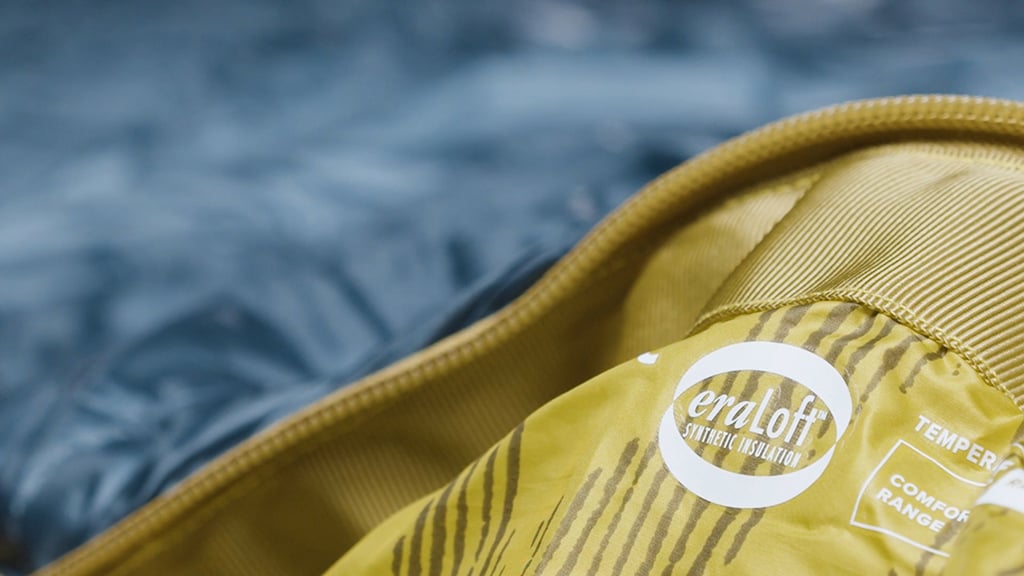
Fill Power
Fill power is a metric indicating down insulation’s quality. Remember, higher quality insulation means less is used to create the necessary amount of warmth. The ultralight and super-versatile Ohm™ 32F/0C sleeping bag has 900-Fill down. The ultra-comfy quiver killer Questar™ 32F/0C uses 650-Fill down. These bags have the same temperature rating, but the Ohm has less down in it. Which is one key reason—but definitely not the only reason—it is considerably lighter. The higher the fill power number, the higher quality the down.
The Sleep System Philosophy
Insulation is not the only factor that contributes to a bag’s thermal efficiency. As stated above, loft is what allows it insulation to work. The weight of one’s body compresses the insulation on the bottom of the bag, eliminates its ability to loft, and makes it much less effective. Which leaves the task of heat retention beneath you to your sleeping pad.
R-Value is the unit that denotes how well a sleeping pad prevents heat loss. Our expertise in sleeping pad design allows us to be strategic with sleeping bag design in terms of overall temperature management.
Zoned Insulation
We design our sleeping bags and pads to work in harmony to become a superior sleep system. One key way that we do this is with Zoned Insulation. Imagine a bag had evenly distributed amounts of insulation on the top and bottom. Zoned Insulation means that we would take insulation out of the bottom of that bag and either allocate it to areas where it is needed more and more useful—like the torso—or eliminate altogether. This means lighter more thermally efficient designs.
Generally, our sleeping bags breakdown to be about 65% amount of the insulation on top and 35% on bottom. That ratio is not guesswork; the best backpacking sleeping bags are never guesswork. We have an onsite cold chamber and a high-tech dummy that allow us to extensively test different distribution ratios and heat map how it effects a human body. That way we can be super intentional with where we distribute insulation.
SynergyLink™ Connectors
Another key sleep system feature of our sleeping bags are SynergyLinks. These straps are connected the sleeping bag and wrap around a sleeping pad to ensure you are held in place on your pad all night. That way you greatly reduce the chances of slipping off of the pad mid-sleep and losing its insulation.
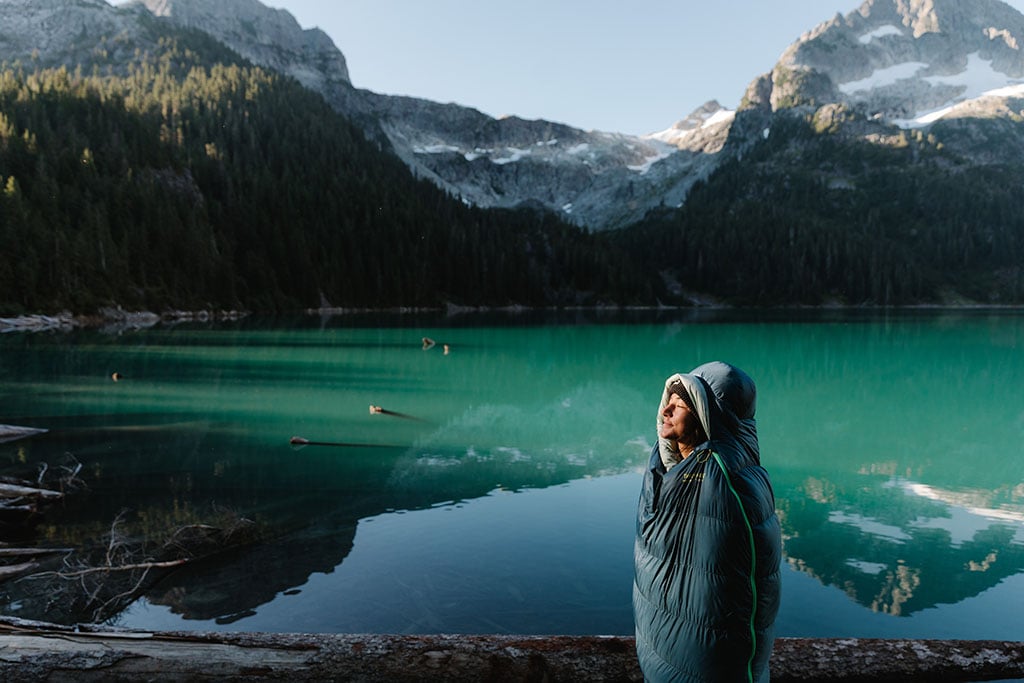
Sleeping Bag Fit
A few years ago, we published a blog about one women’s struggle with women’s specific sleeping bag models. There were several reasons for her frustration, but one key one was that she had a hard time finding a model that actually fit. She ended up in men’s bags that were too large, which meant that her body had to work harder to warm up the excess space. This is NOT thermally efficient, and one reason we make unisex bags.
Fit has to do with size and shape.
Size
We offer our bags in three sizes: Small, Medium and Large. Each corresponds to an appropriate height range. Again, the sizes are tested to ensure that they will efficiently and effectively insulate any body in each range. Choosing the right size is critical.
By utilizing three ranges and only making unisex bags we feel our sizing and designs are more inclusive. A wider range of body types can shop our whole line of bags, rather than being restricted to men’s and women’s specific models. Having the right size bag is critical to thermal efficiency and getting a good night’s sleep. We want all of our customers to have all of our options at their disposal in achieving better sleep.
Shape
Length is only one dimension determining internal space. Internal width and height are both create space that needs to be heated. Width and height can be summed up as the shape. More internal space will take more energy to heat and will add weight compared to a bag with a lower internal volume. That said, more internal space is just more comfortable. It gives you the ability to shift around, side sleep, bend your knees and feel unrestricted.
In the pursuit of inclusive sleeping bag designs, we have three different fit profiles for our backpacking sleeping bags that indicate their internal space.
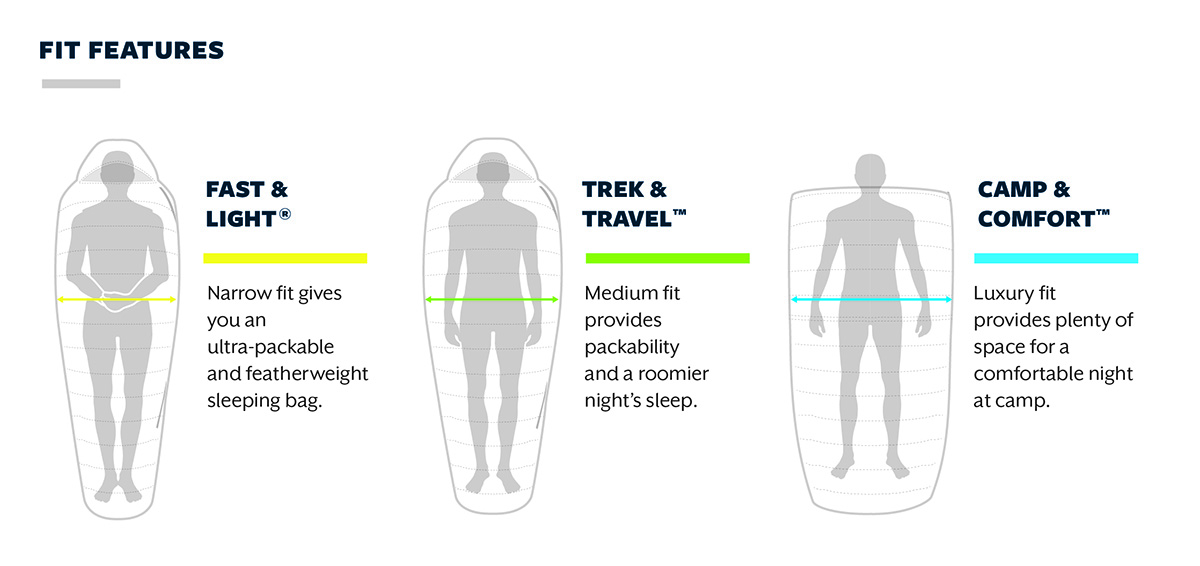
Fit Profiles
W.A.R.M. Fit
W.A.R.M. stands for With Additional Room for Multiple sleep positions. These roomier mummy bags are designed for backcountry and camping performance. More internal space means they are slightly heavier and bulkier than the next two fit profiles, but they make up for it by providing an untangled sleep. Zoned Insulation ensures that extra space doesn’t result in cold spots.
It may not be a perfect acronym, but it’s our way of telling you that you can be comfy, have freedom of movement and still be thermally efficient. Popular W.A.R.M. fit models are the Questar series and the Saros series.
Performance Fit
Performance Fit is the cut of some of our most popular backpacking sleeping bags. Narrower than W.A.R.M. fit, Performance Fit bags are designed for fast and light adventures in the backcountry. Still, they uphold our mantra of better sleep means better play, and offer a comfortable and thermally efficient sleep.
Popular Performance Fit bags are the Parsec™ 20F/-6C and the Oberon™ 0F/-18C
Ultralight Fit
Ultralight Fit is exactly what it sounds like. Comfort is not the focus here (but that doesn’t mean it can’t be achieved). The internal space is streamlined down to a narrow, snug fit. The result is minimal weight and unrivaled packability. Bags with Ultralight fit are intended for those who don’t compromise on weight savings and are after the smallest sleep systems possible.
Popular Performance Fit bags are the Hyperion™ series.
Usability and Useful Features
The best backpacking sleeping bags should be giving you better sleep. Part of that equation is making your time spent in the bag—awake and asleep—as comfortable and hassle-free as possible. Yes, fit is a huge part of this, but thoughtful features round out the experience.
Toe-asis™ Foot Warmer Pocket
Most of our backpacking sleeping bags feature and ergonomic foot warming pocket in the footbox. Cold feet are a common experience for many sleepers. To overcome this, many people sleep in socks. It is not recommended to sleep in the socks that you wear during the day as your sweat can cool down and make your feet cold. Some people carry a pair of sleeping socks for this reason. With a foot warmer pocket, you can leave your sleeping socks at home.
Draft Collar & Cinchable Hood
To prevent heat loss, we put an insulated draft collar around the shoulder/neck area. Used in tandem with the cinch-able hood, you can minimize heat loss and get very cozy when temperatures drop.
Draft Tube
The zipper line will always be a point of heat loss. We install a full-length draft tube along the zipper line to make sure your hard earned body heat isn’t escaping.
YKK® Anti-Snag Zipper Sliders
Zipper snags are one of the most annoying things about getting in and out of a sleeping bag. Tears as a result of a zipper snag can be downright maddening and costly. Currently, our Questar and Saros lines have YKK Anti-Snag Zipper Sliders that allow for effortless and damage-free entry and exit. We have plans to update other bags in our lineup with the same tech.
External Zippered Storage Pocket
It could be your phone, lip balm or a good luck charm. With an external zippered storage pocket, whatever you need close and easy access to can be had without rummaging around the tent and potentially waking up your tent mate.
Choosing a Backpacking Sleeping Bag
A sleeping bag is among the most expensive pieces of gear in your pack. They are carefully crafted and thoroughly researched pieces of technology. Ultimately, the best backpacking sleeping bags are those that reliably help you get great rest. That way you can be at your best when your bag is stuffed in your pack or laying unused in your tent. Better sleep makes for more fun and better experiences outdoors, which is why we work tirelessly to bring you the best bags to sleep in.
Related Posts:
